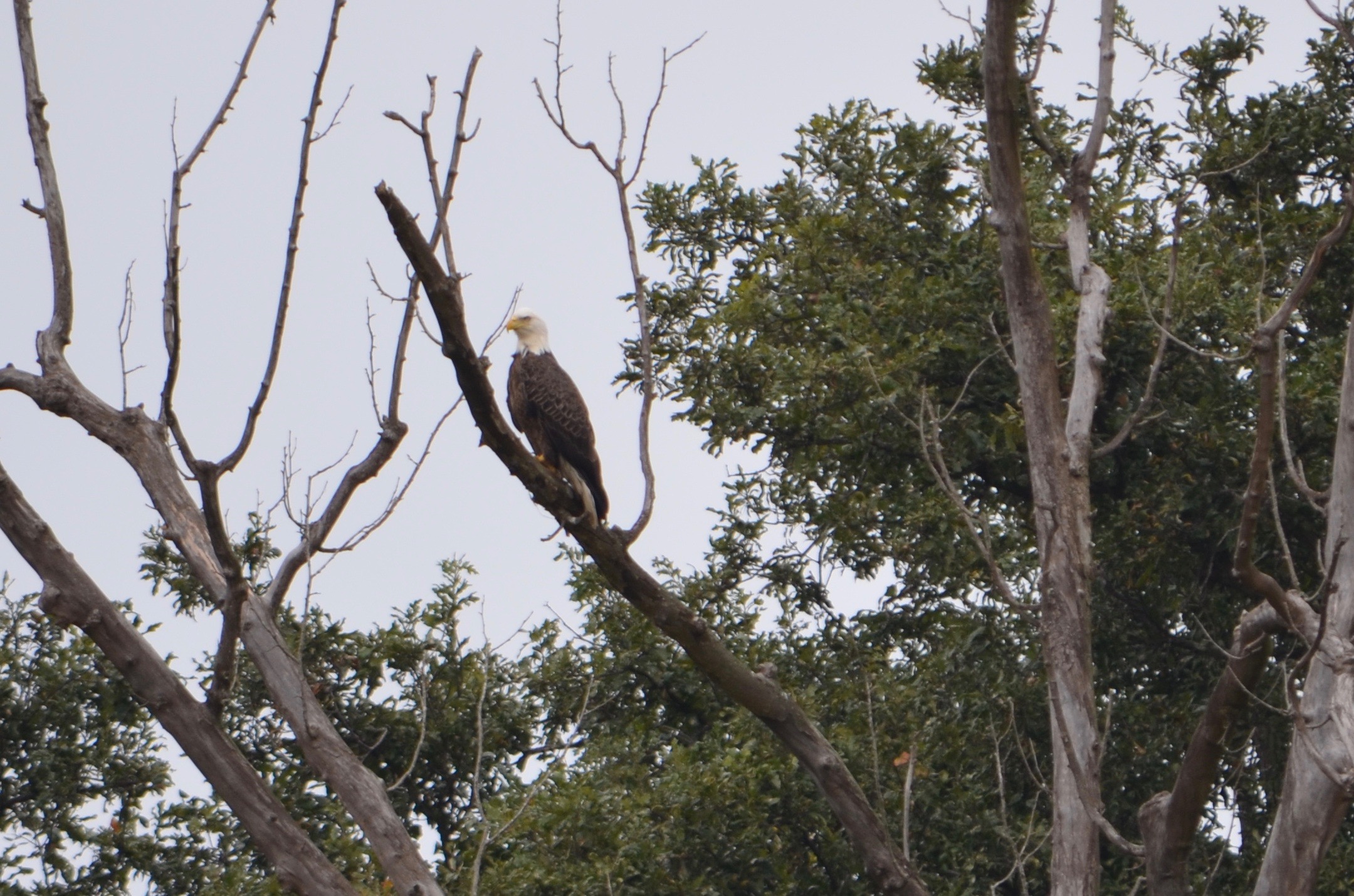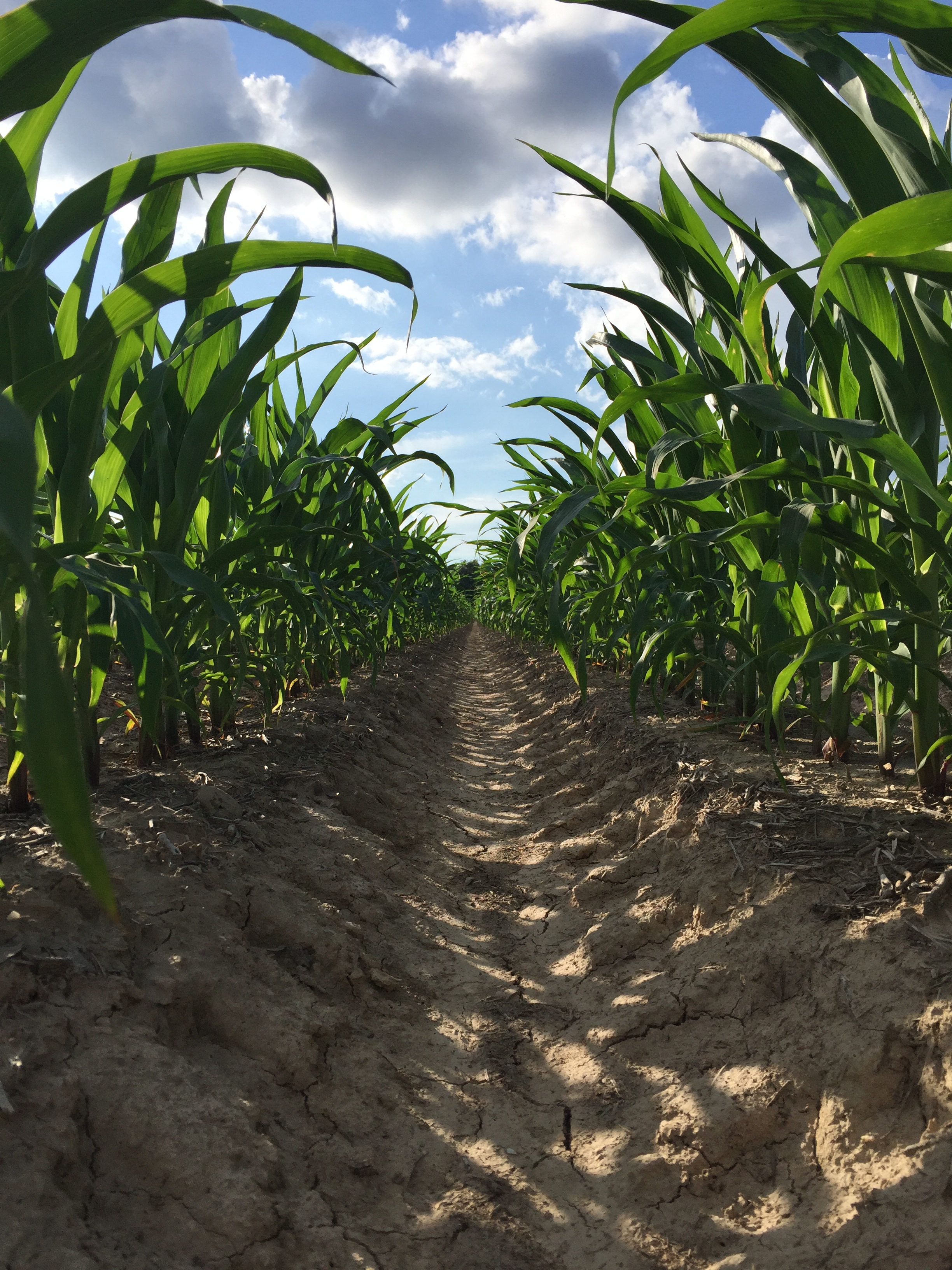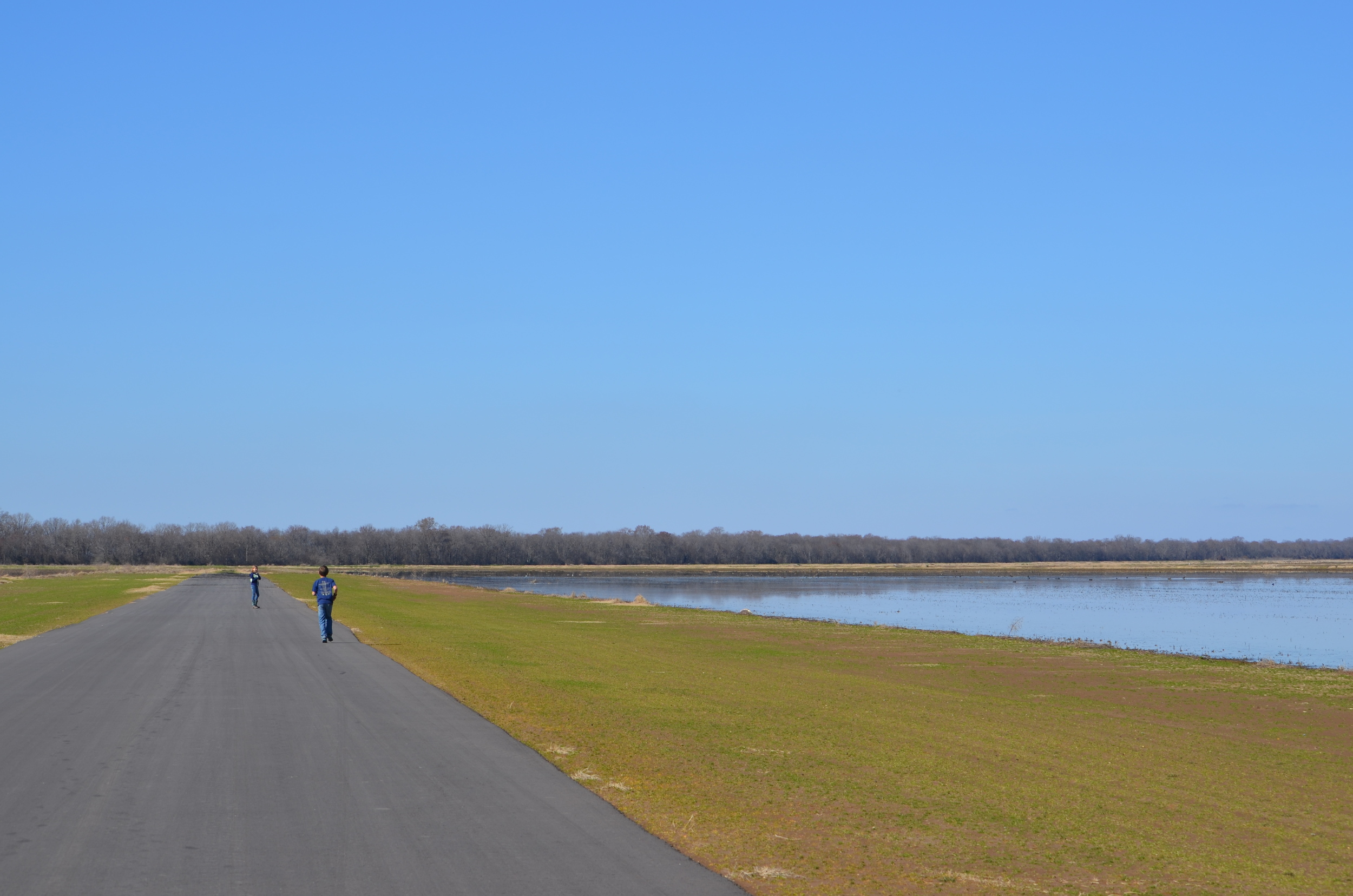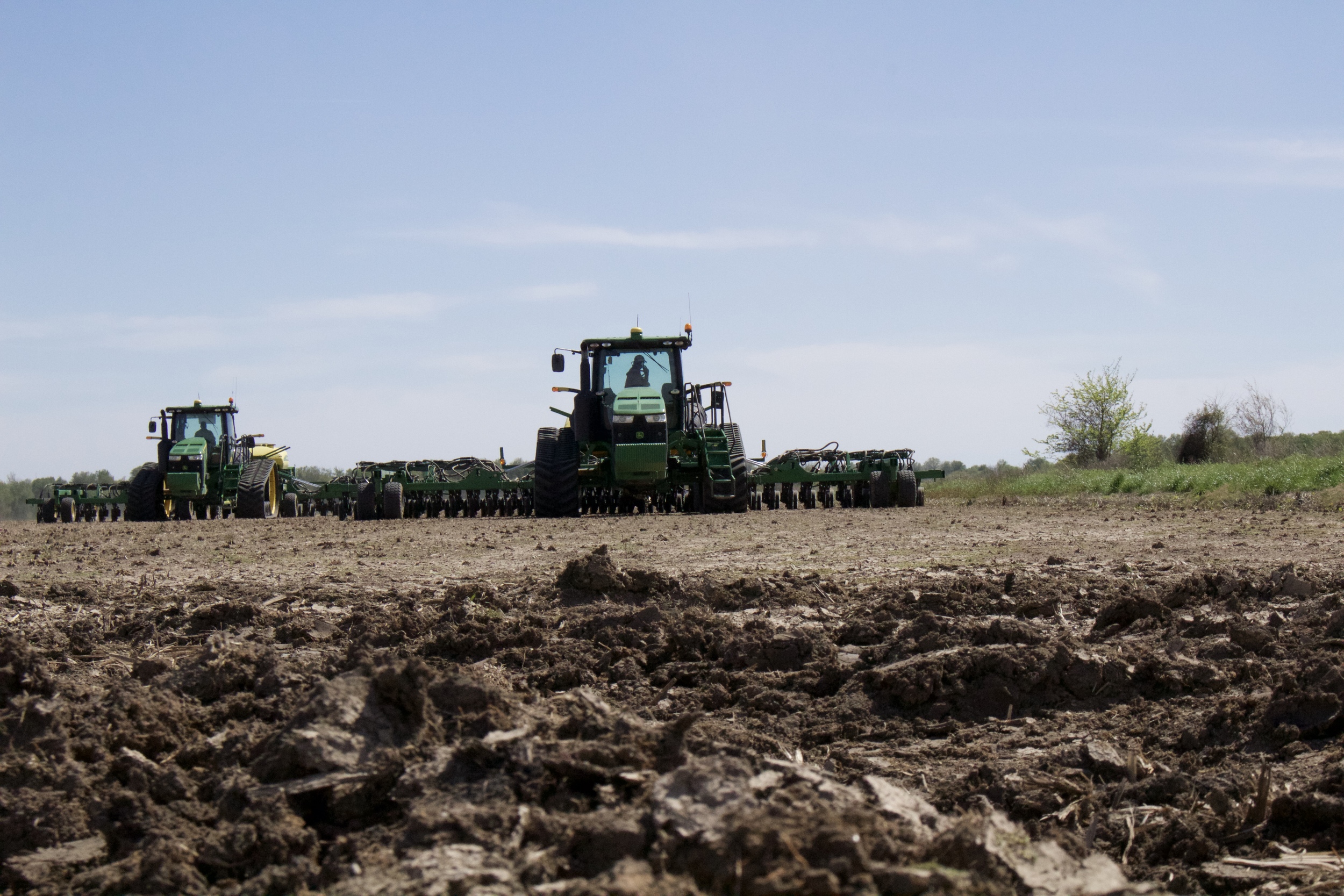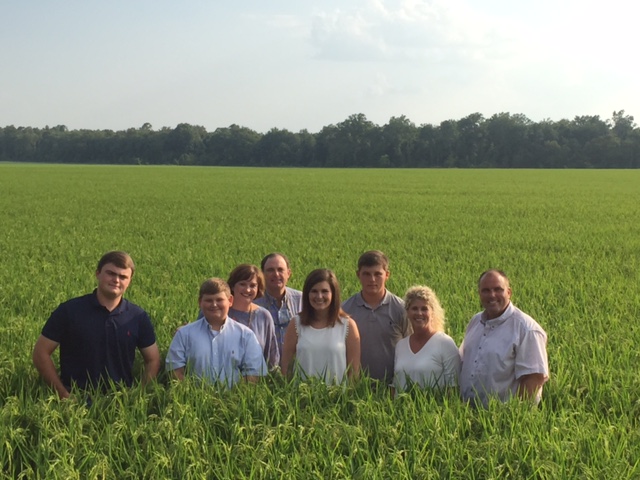My kids love the farm. No matter what time of year we go, there’s always something to learn and fun to enjoy.
friends exploring a rice field in the middle of harvest
Room to Breathe
At the farm, they are free to experience something they don’t have much in the city: wide open space. Space to explore and discover without adults lurking about. Space to look up and see birds in the distance and squat down to see tiny insects on top of the water at their feet. Space to get lost in their thoughts and dreams. Space to unearth the joys of learning about themselves and creation around them.
lost in thought
Unintentional Learning
This freedom flows deep into their bones and gives them a taste of life outside their own everyday experiences in the city. One of the best opportunities for learning is when you don’t realize you're in the middle of it.
inspecting cotton that's ready to harvest
Climb In
Loading up in my brother’s truck is where it all usually begins. The kids climb in the back while Phil and I hop in the front seats. We drive around the farm roads looking and chatting until we hear the kids calling from the back for us to stop.
checking out a flooded road
Plenty of Time
They have seen something worth checking out. We have no schedule. No place to be. Just plenty of space to stop and smell and listen and examine.
my kids and my parents
A Full Load
During one particular October visit, Phil mentioned that he had seen a few Bald Eagles flying around the farm recently. My parents had joined us in the truck to see if we could spot one.
discovering nature
Catching a Glimpse
As we were driving around the farm letting the kids out to explore, we kept our eyes peeled for a sighting. We had been out for a few hours and were giving up the search to head back to the farm house. My mom looked over at some nearby trees and spotted the most beautifully poised Bald Eagle perched on a dead tree branch.
majestic
I snapped a shot just before he flew off in search of more food. Isn't he breath-taking?
my daughter and me in a wheat field ready for harvest
Not Just for the Kids
Did I mention that my kids love the farm? Well, the truth is... I do, too. I love the wide open space and the room to breath. I love the smells and the sights of the fields. The life-giving air restores me and brings much-needed perspective. Stepping away from schedules and devices and buildings and meetings gives my mind rest. Everything is close in the city, and my thoughts don't have time to complete themselves. My husband often hears me say "I need to breath" and he knows that means a trip to the farm is coming soon.







